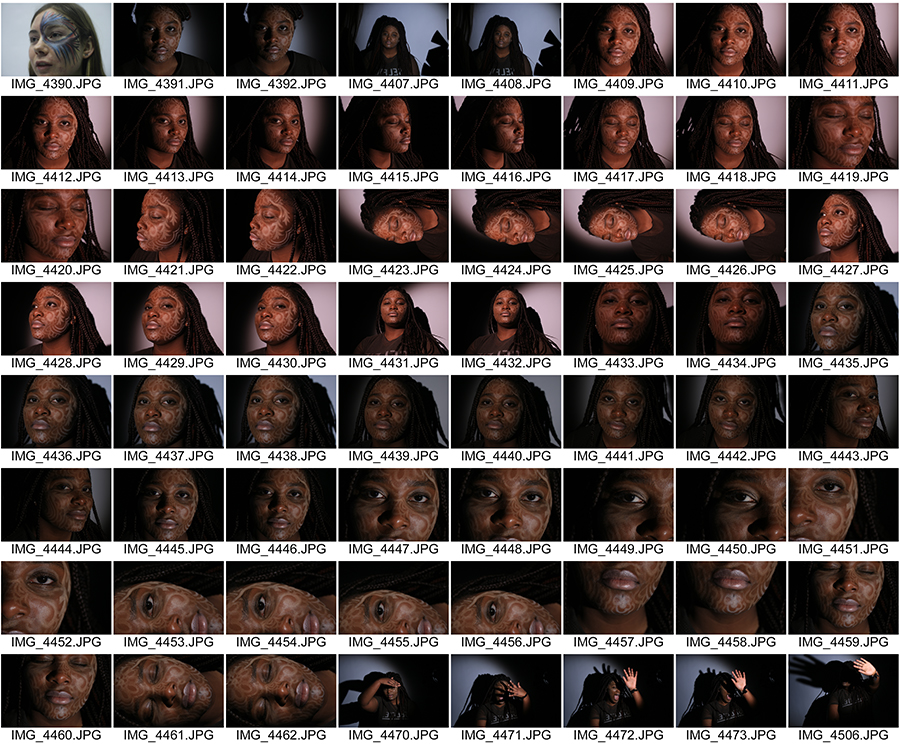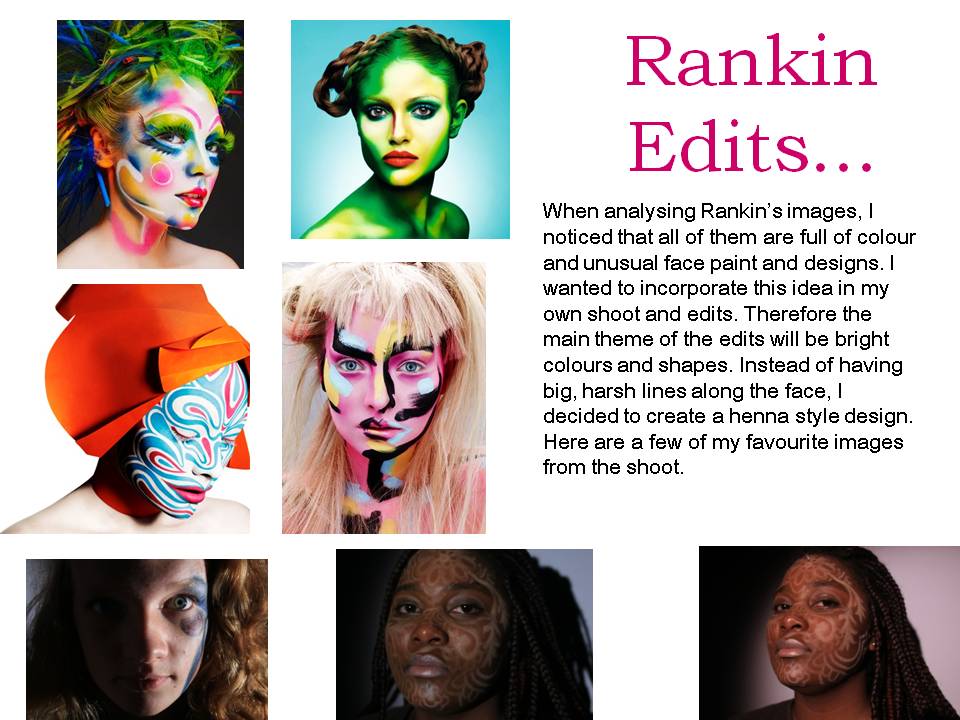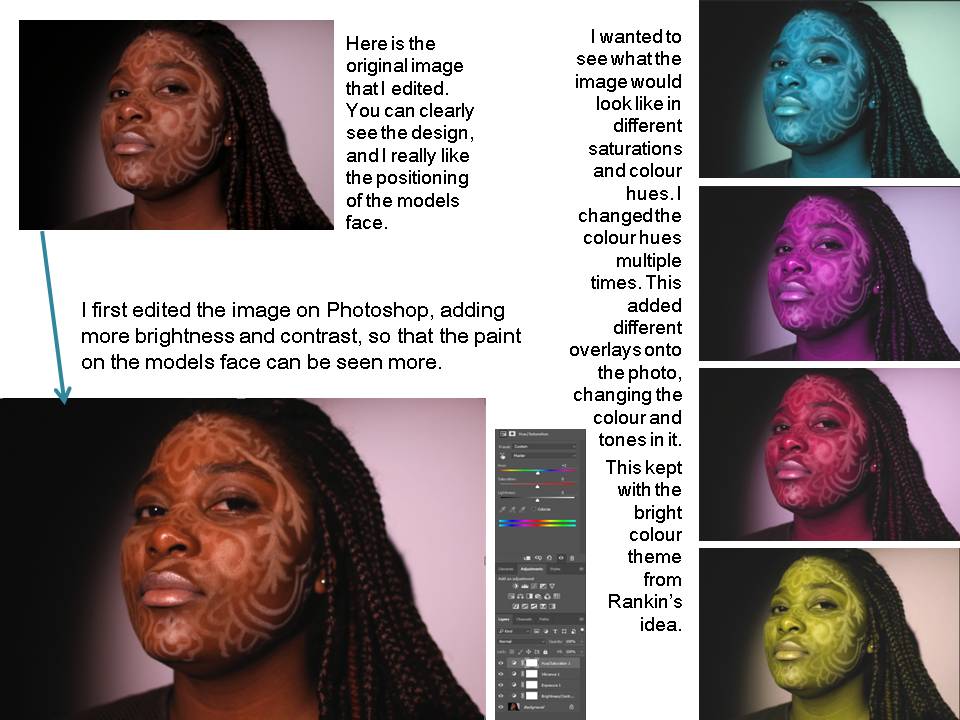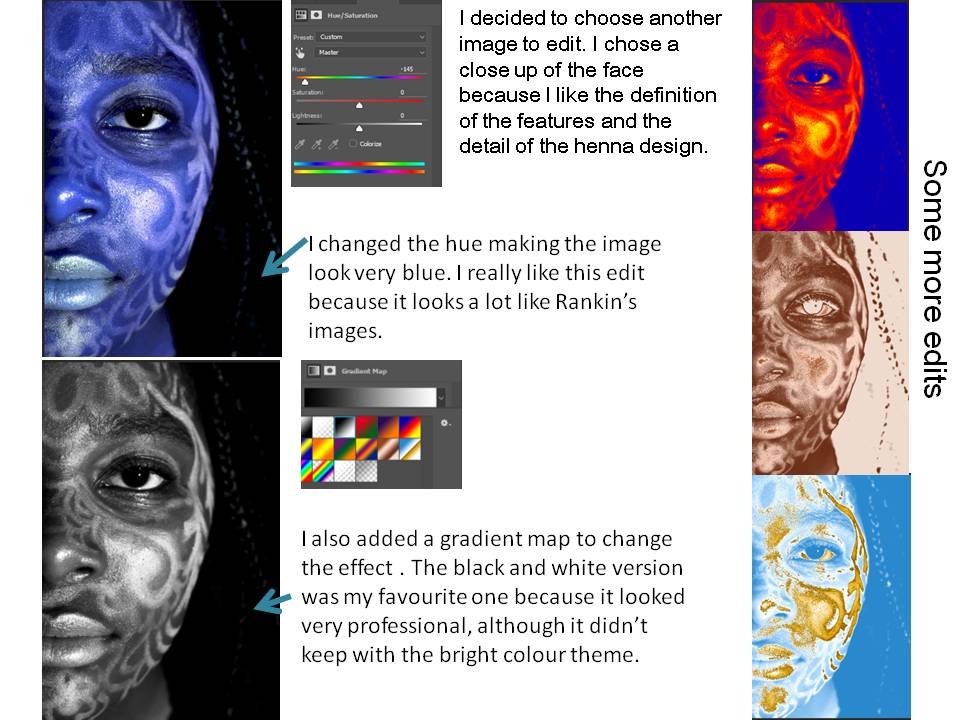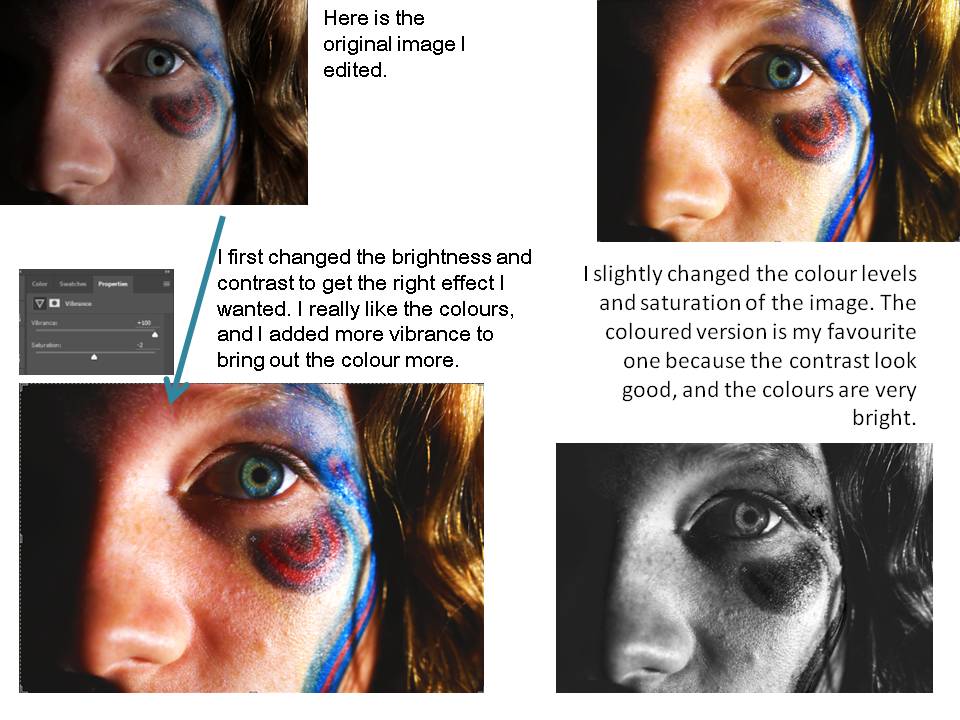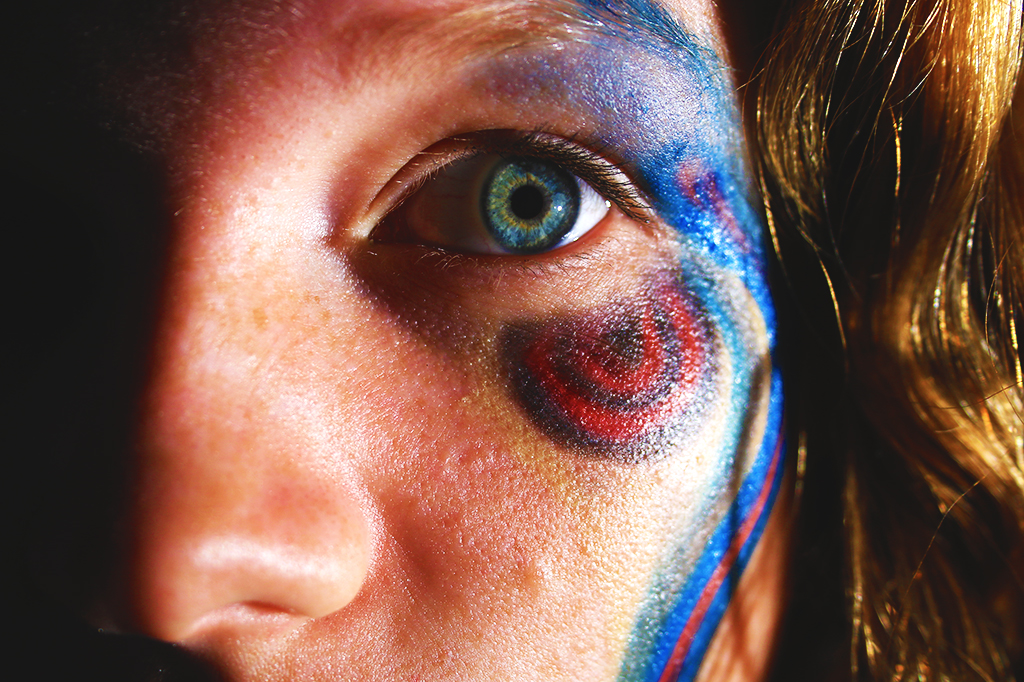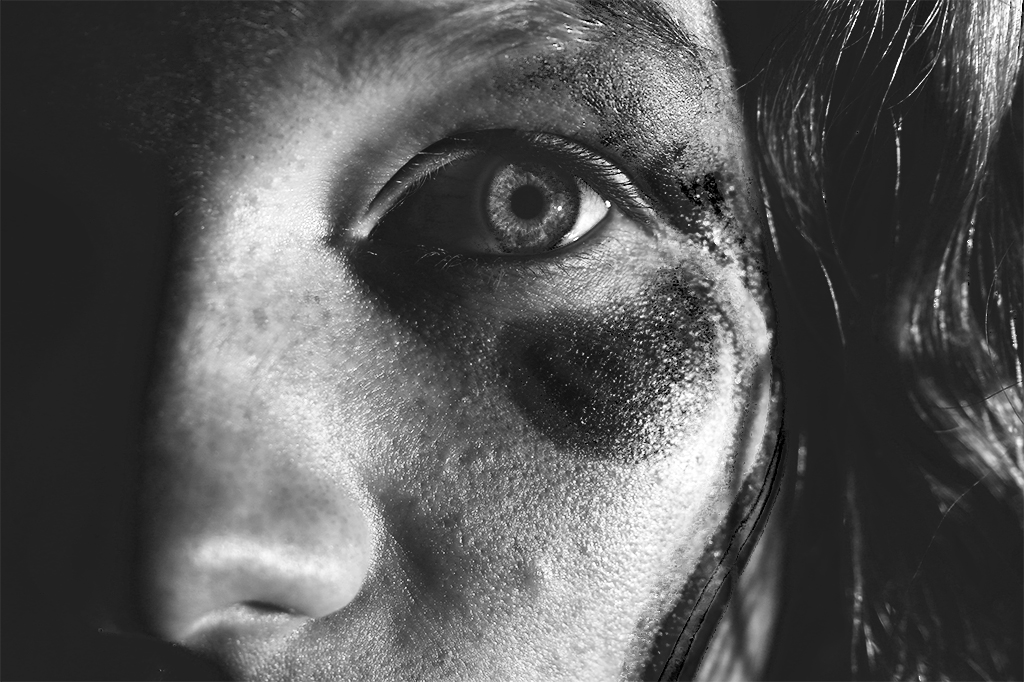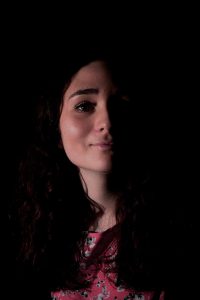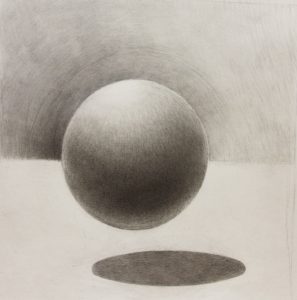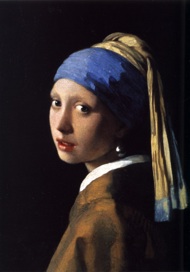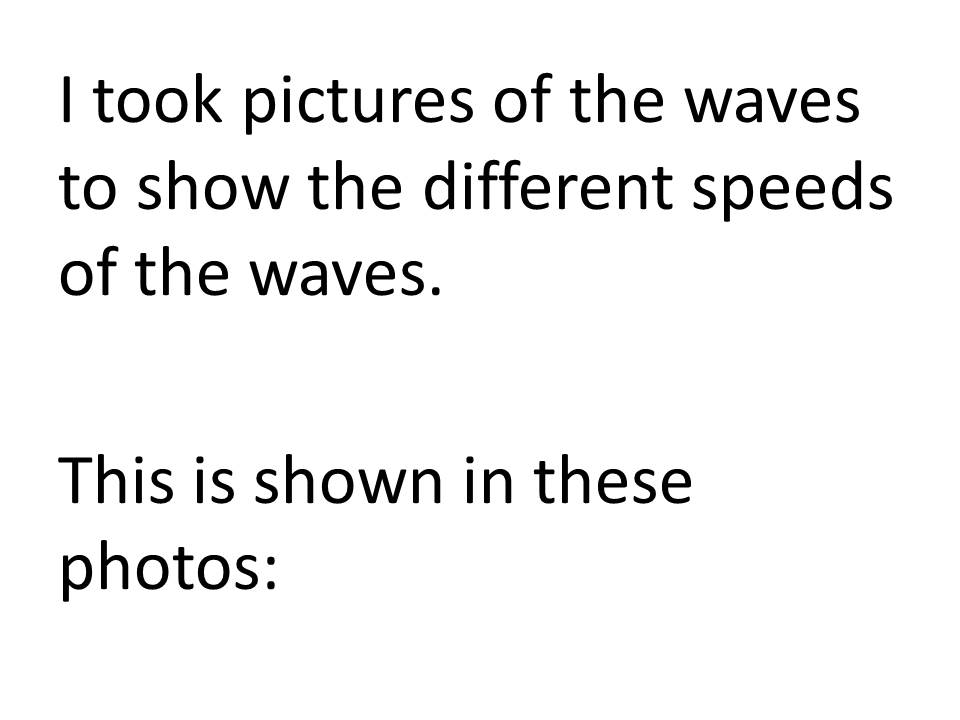




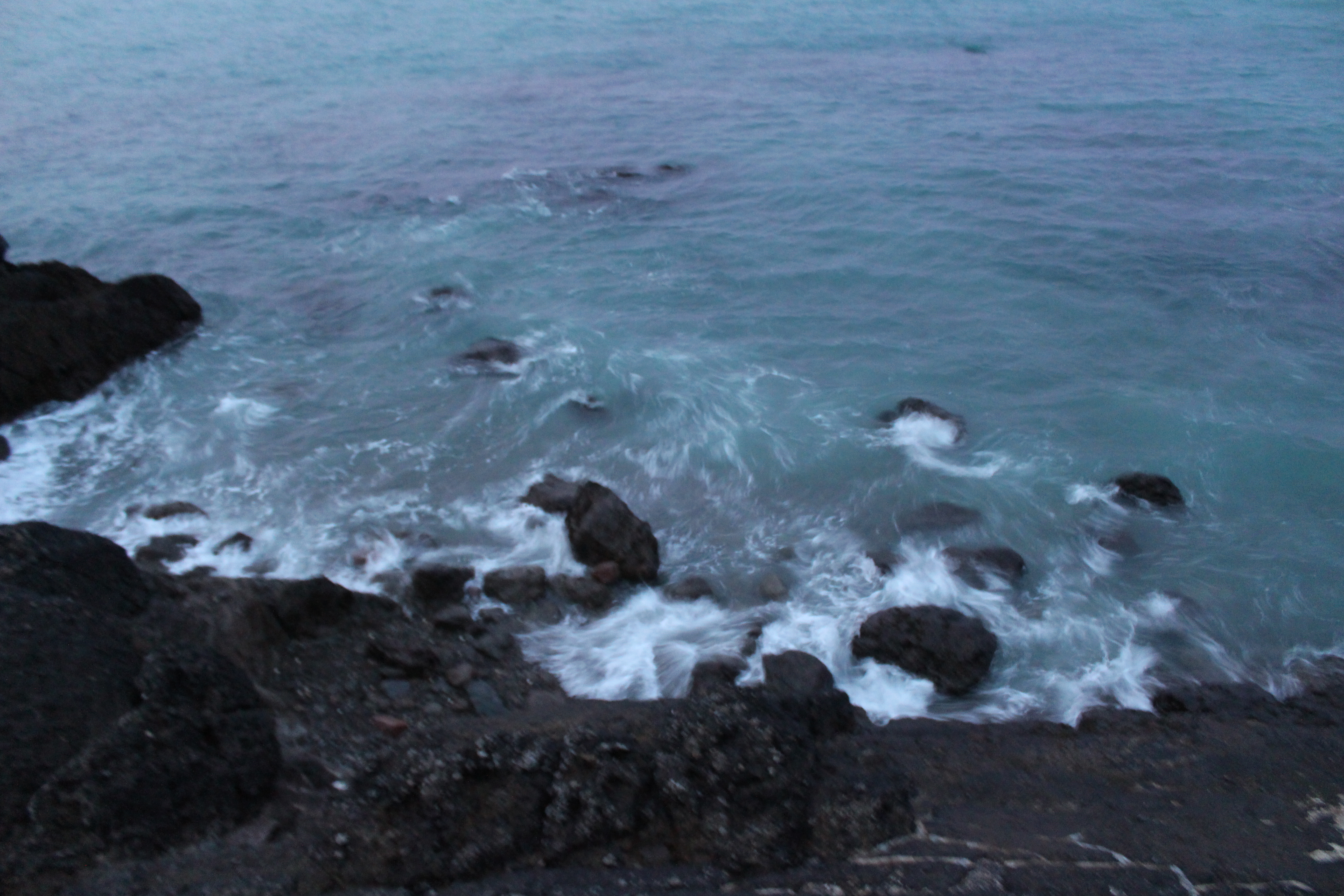
Category Archives: Experimentation
Filters
Experimenting with Shutter Speed
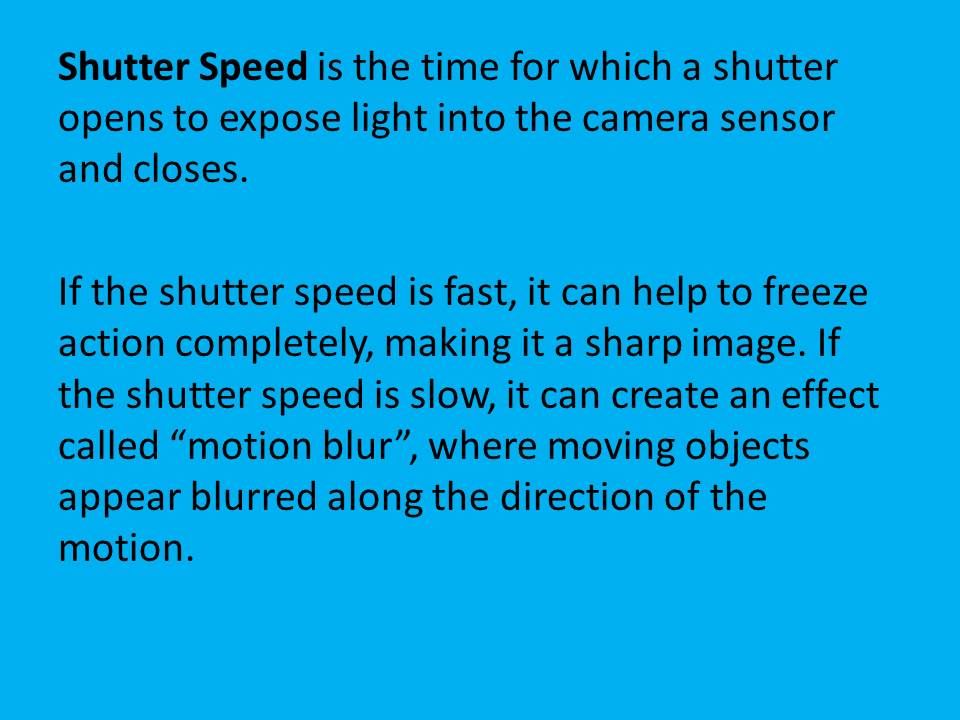
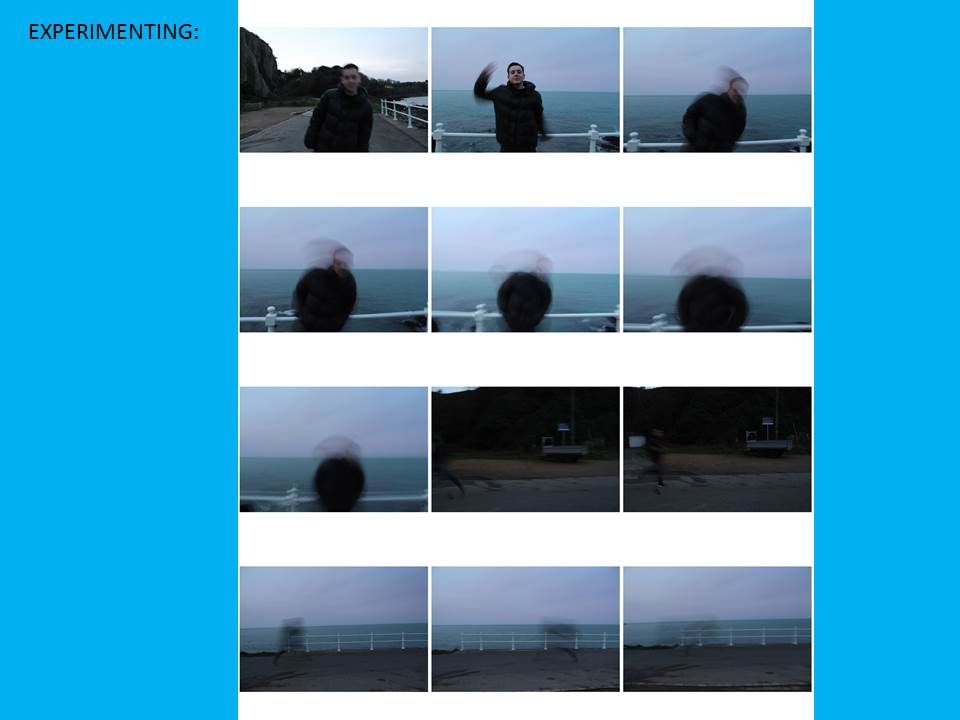
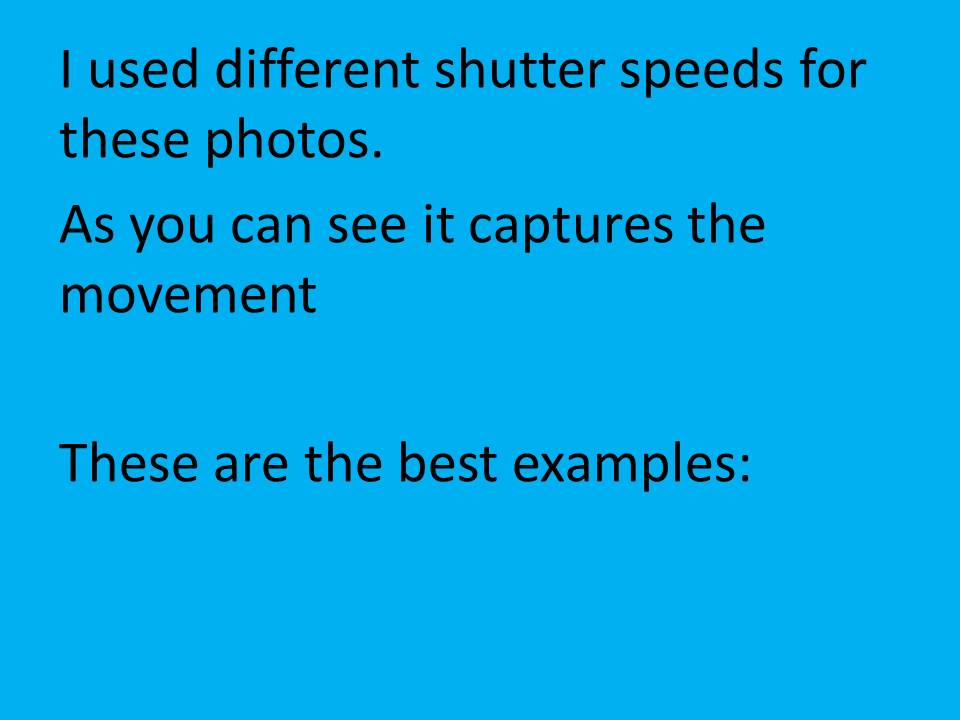

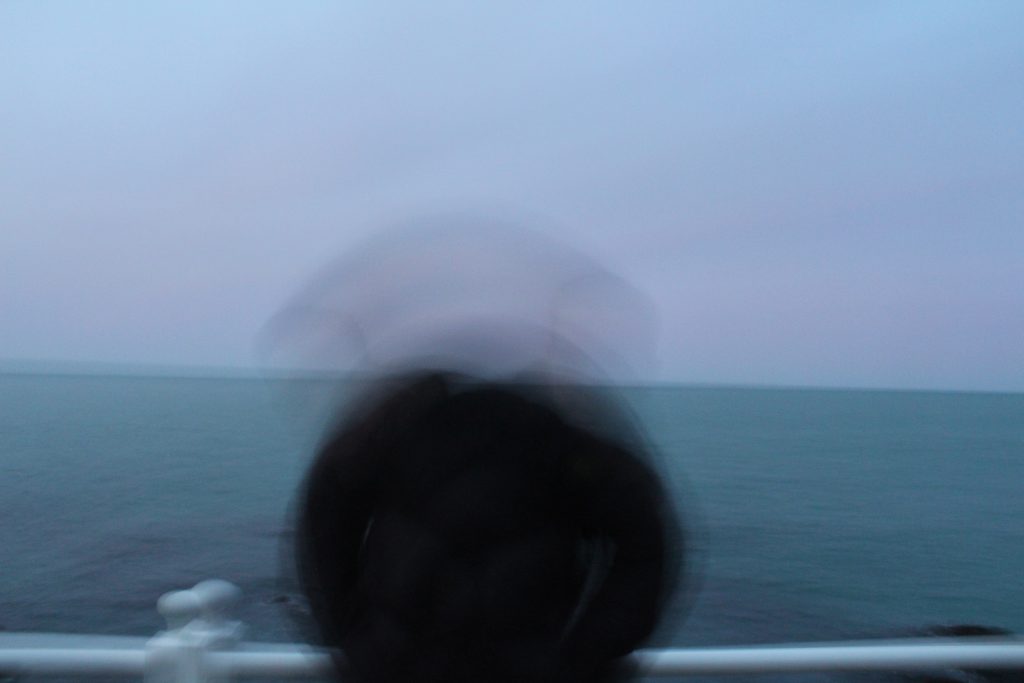

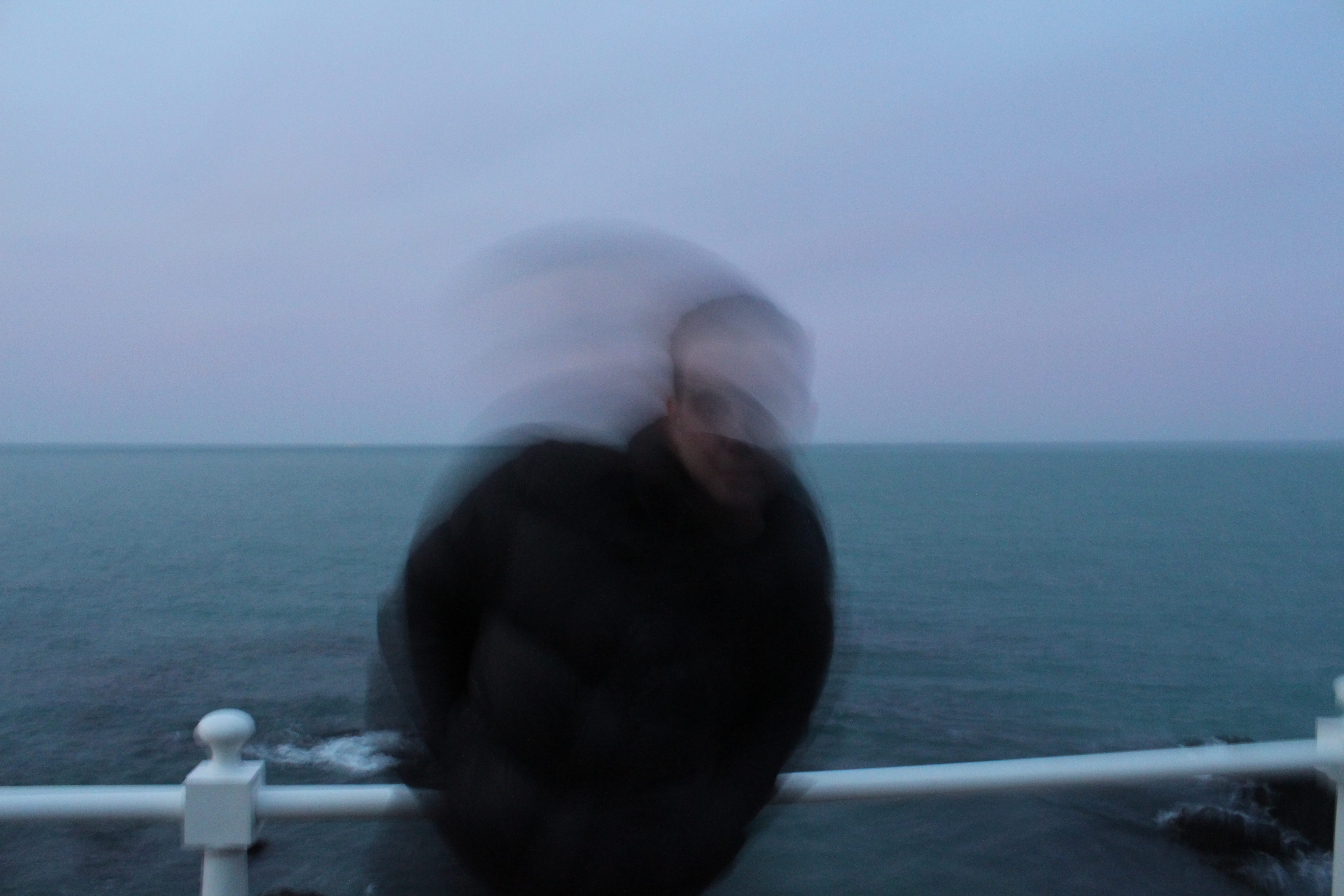
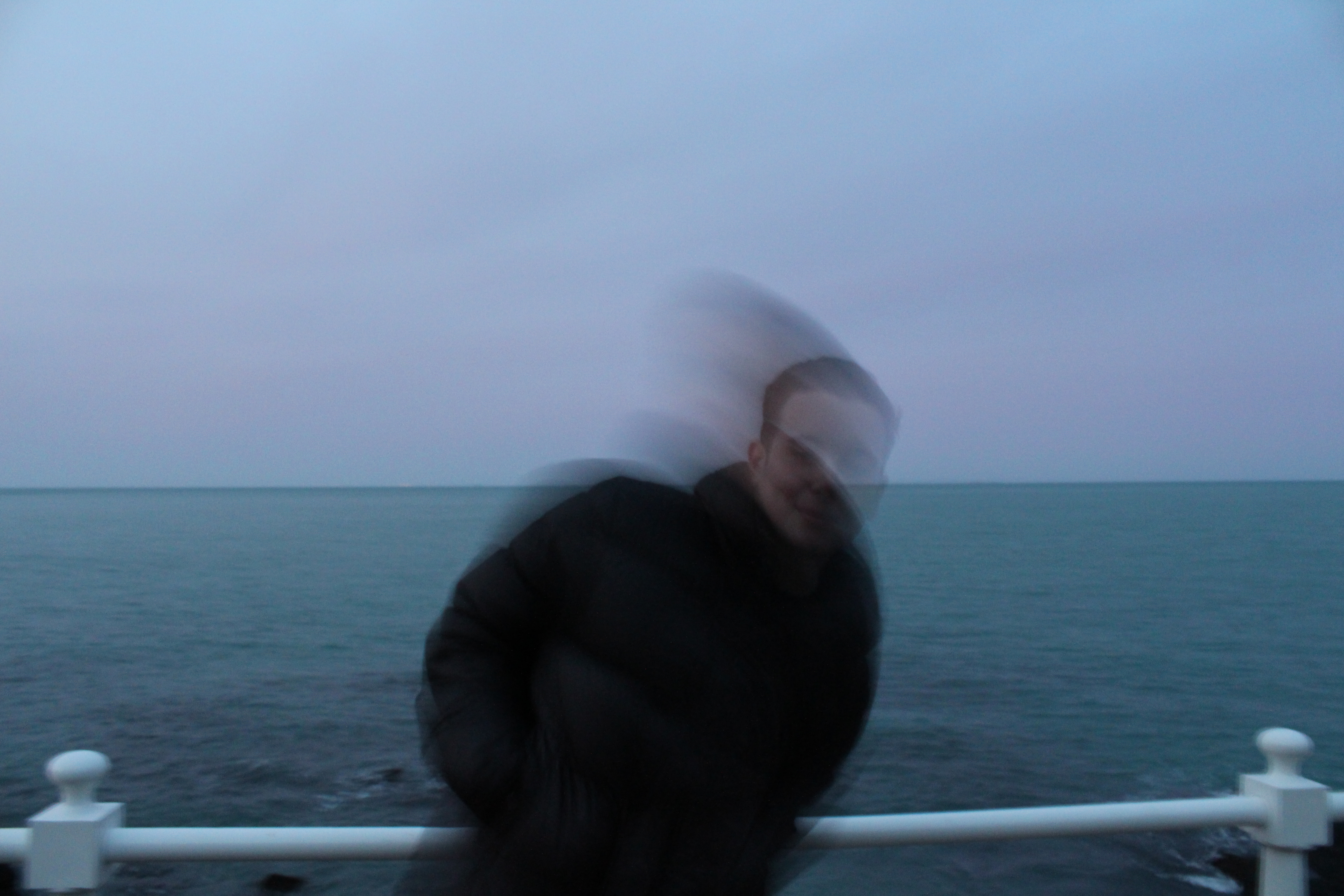
Aperture
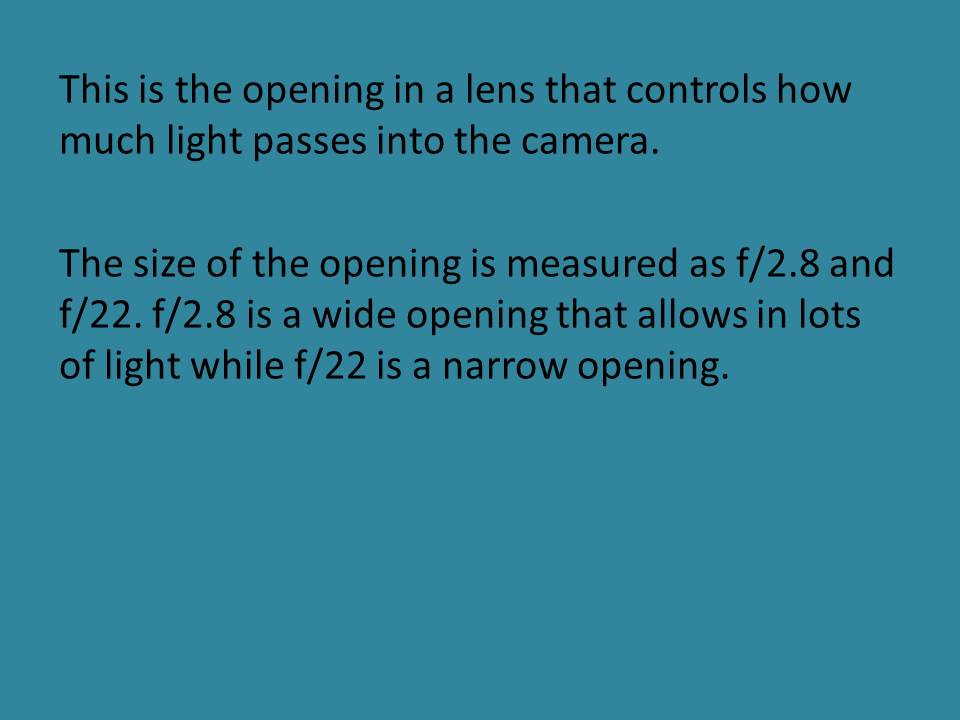
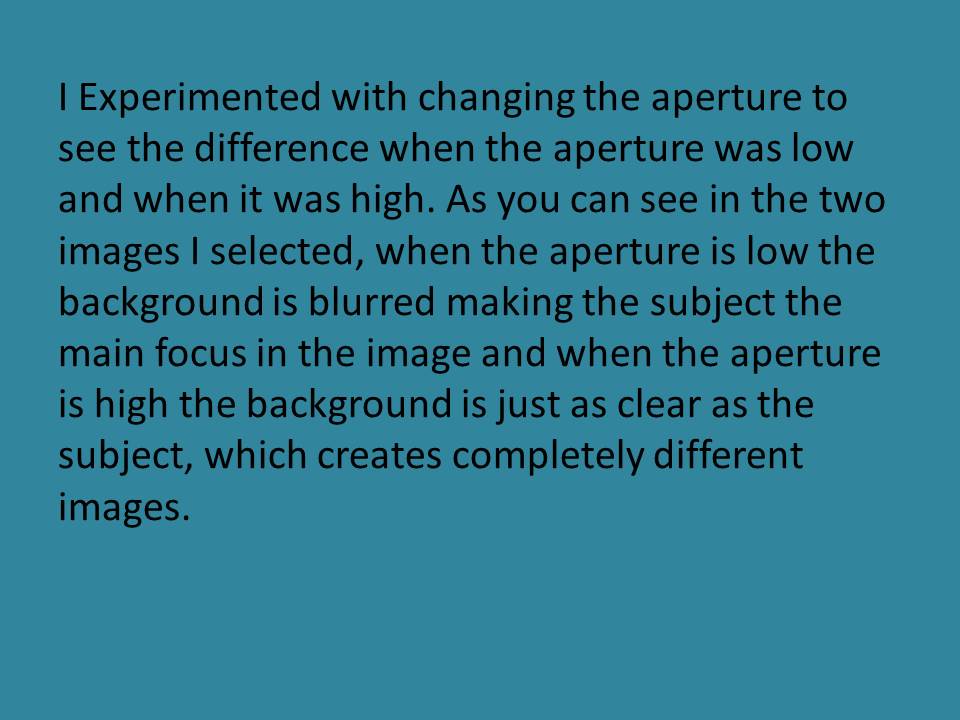
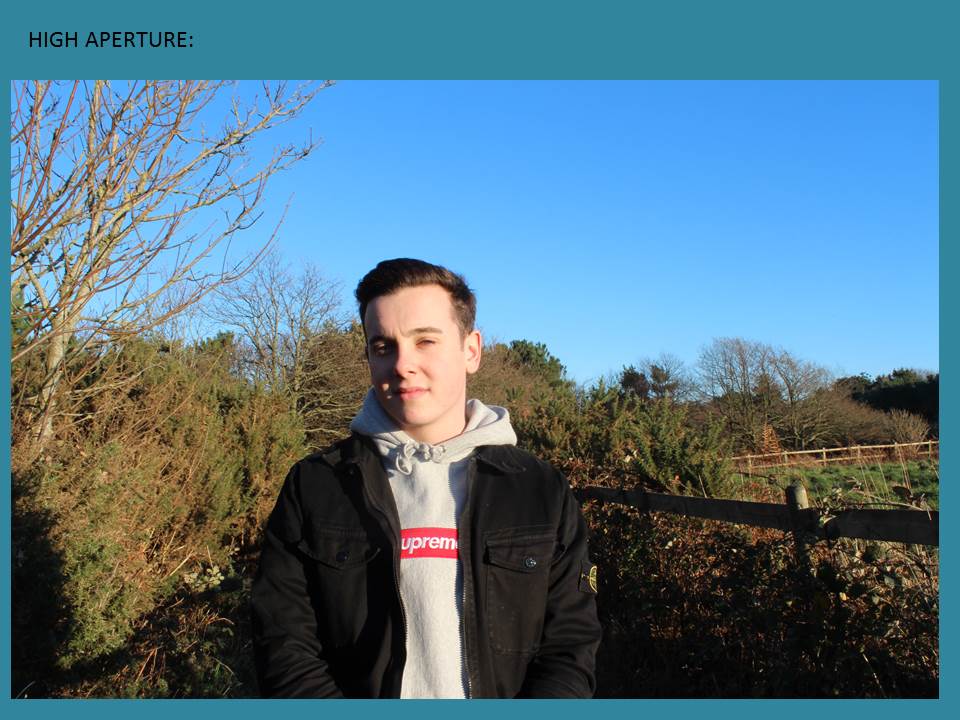


Edits of Chiaroscuro





Chiaroscuro Experimentation Shoot
Chiaroscuro is an Italian word, with the definition of Light and Dark. The meaning of Chiaroscuro is the treatment of light and shade in painting and photography. It started in the mid 17th century when artists such as Da Vinci started using the technique. In Art, Chiaroscuro, refers to the use of light and shadow to create the illusion of light from a specific source shining on the figures and objects in the painting.
In this photo shoot, our main focus was using the Chiaroscuro technique to create cool effects in the images. Throughout the whole Shoot I used the Manual focus setting on the camera. I also used an IOS of 100, and a shutter speed of 1/80. At the beginning of the shoot I had my white balance on White light, however near the end of the shoot I changed my White balance to Fluorescent to get a different effect.
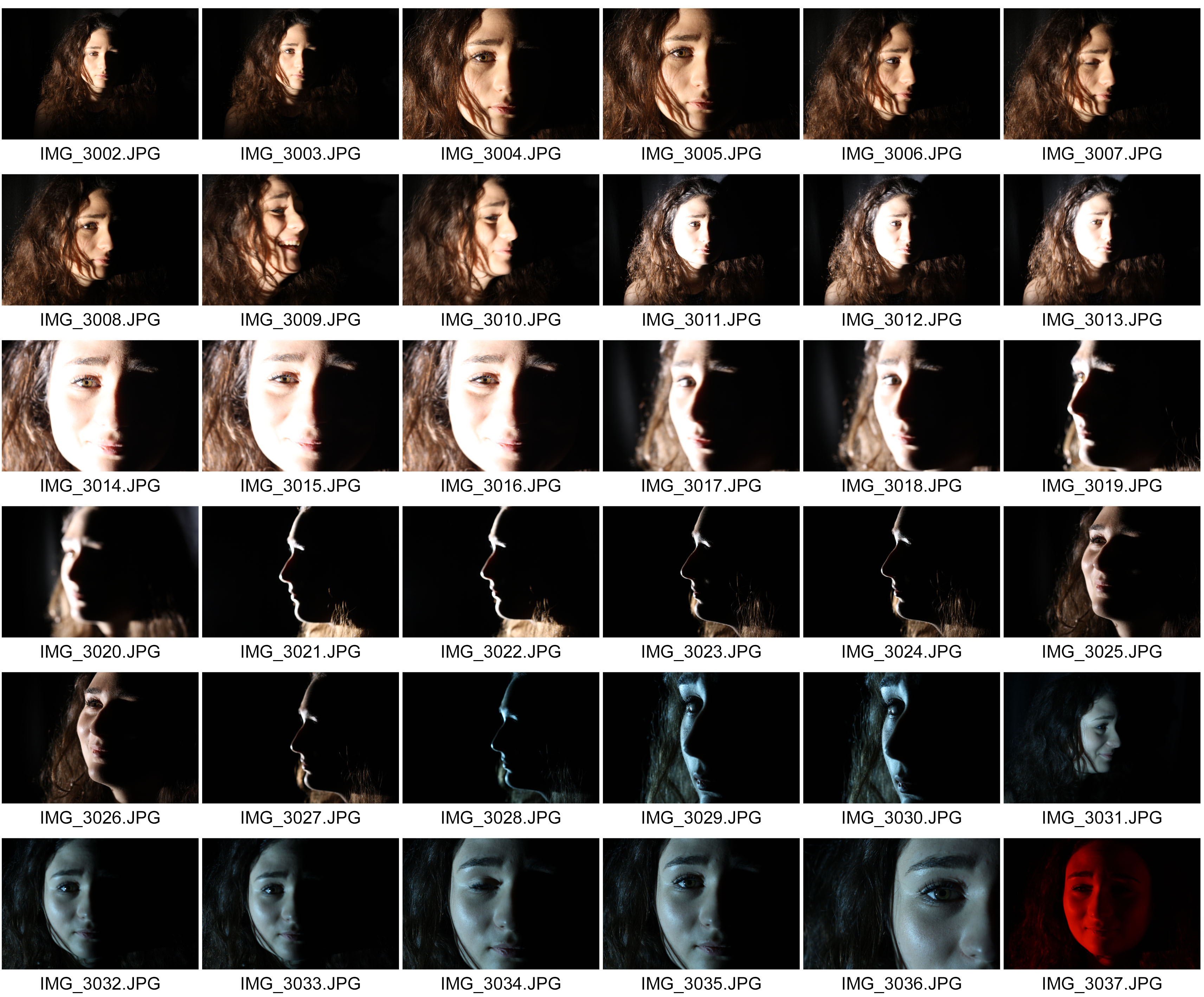
During the Shoot we started experimenting with different colors. We covered the light source with colored paper to see what dramatic effects we could create on the models face. They turned at quite well, and my favorite shots were the close up ones of the model.

During the last bit of the shoot, I changed my White Balance to Fluorescent. This captured some really good images. Changing the White Balance caused the white light to become more yellow in the photos. This gave me a chance to experiment more with the Chiaroscuro effect.
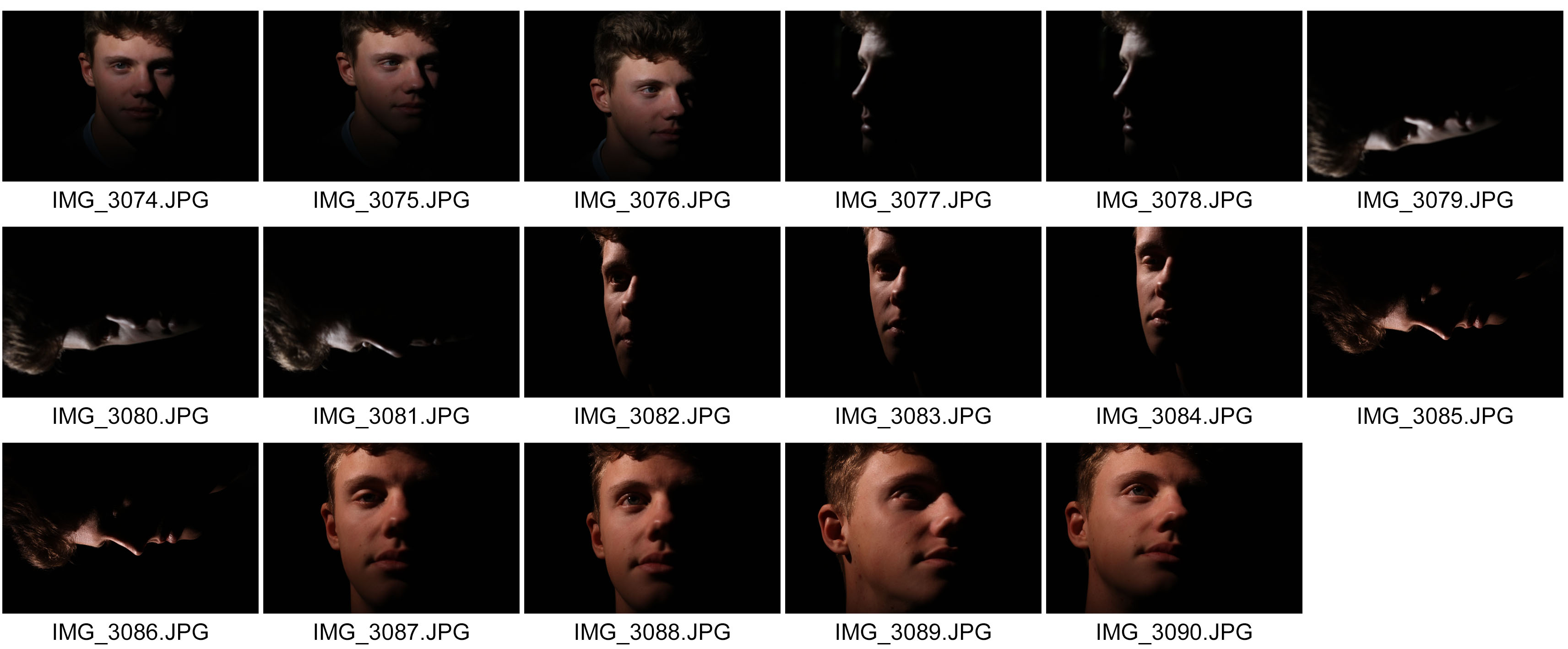
Split Half Lighting
With split lighting, half of the face is lighted and the other half is in shadow. It is produced by placing the lighting source to the right or left of the direction in which the subject is facing, with the light at or slightly above face level.
Here is an example of Split Half Lighting, and here is my image.
Experimenting with Studio Lighting – Chiaroscuro / Rembrandt
What is chiaroscuro lighting?
It is an effect of contrasted light and shadow created by light falling unevenly or from a particular direction on an object.
The term chiaroscuro is derived from the renaissance times; it is an oil painting technique, developed during the Renaissance, that uses strong contrasts between light and dark to model three-dimensional forms, often for a dramatic effect. An artist known for developing the technique is Leonardo Da Vinci.
In photography, chiaroscuro can be achieved with the use of “Rembrandt lighting”. This technique may be termed “ambient/natural lighting”, although when done for effect, the look is artificial.
Here are some chiaroscuro drawings and oil paintings:
In today’s lesson we experimented with chiaroscuro lighting and its affect on photography, especially portraiture. We looked at examples of chiaroscuro lighting in photography as well as drawings and paintings because oil paintings is how the technique was developed. Looking at the history of this technique helped me understand what I wanted to achieve when we went to the studio.
Here is the set-up of the shoot we carried out to give you an insight into how we achieved the final outcome.
We used a black curtain so the white light would be as clear as possible against it. We also used a stool for our model to sit on but covered it in a black sheet so you couldn’t notice it was there. This made the set-up look sleek and sharp and more professional. All the main lights were turned off and we were left with the continuous studio light which we would use to create chiaroscuro. You can see the light is on the black curtain but when the model was positioned on the stool, we would tilt the light to point at the subject’s face and the light would stand to one side of the model so one side of the face was illuminated and the other in darkness to blend in with the background, and, in-turn create a chiaroscuro effect.
We also experimented with different coloured transparent sheets of plastic over the light to change the colour of the model’s face which had a really nice effect as an alternative to the white light.
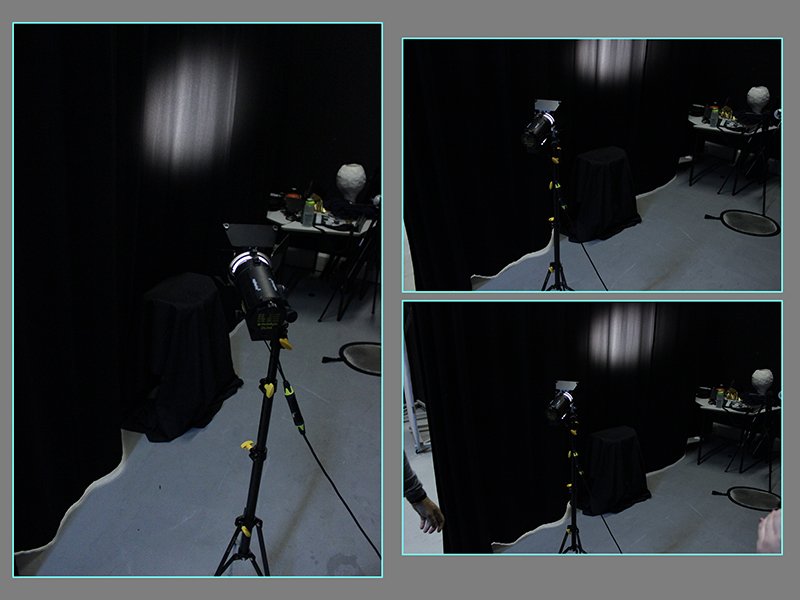
Camera settings used:
Manual setting for adjustments / ISO 100, 3200 / f4.5 / shutter speed 1/100 / white balance 4000K (white fluorescent), 3200K (tungsten) / no flash

I am really pleased with how the shoot turned out. I think our experiments with lighting has shown chiaroscuro really well and I now have a better understanding of it because I have done it practically. I think the different colours of lighting used worked out very well. However, I do believe that the first 30 worked out the best because after that, I began to experiment more with white balance and I changed the light intensity more which lead to some mistakes and some not as good outcomes but overall, I think I’ve covered the criteria and made it my own by being creative with the reds and blues of light to add more character.
Best image:

I really like this image because of this personality of it. It is very close-up which gives it a personal and interactive sense with the audience, especially because the subject is looking straight into the camera. It is obviously has the chiaroscuro effect and this can be seen very evidently because the right side of her face is illuminated with the blue, cold light coming from the continuous studio light set up away from the frame and the left side of her face is in the shadows and cannot be seen, her facial features blend in with he background which I really like. Out of all the images, this one is one of the most sharp in terms of quality of the image. The seriousness from her facial expression also adds some formality and character to the photo, unlike if she was smiling because this expression would not match the scene of darkness and fading away.
If I was to do this shoot again, I would change a couple of things. These include changing the angle of the light source. I would perhaps move the light to a lower or higher position to illuminate a different part of my model’s face to flaunt other particular features instead of just the same side of her face over and over. I would also try out different camera point of views and get my subject to pose in a rang of different positions to add variety and to tell more of a story and keep the audience interested. This would reflect Rankin’s style of work more so.
Best edits:

Example of Rembrandt lighting:

Rembrandt lighting is a well-known lighting setup that is used for portrait photography. To achieve this look one half of the models face will be in full illumination whilst the other half is in partial shadow; different to chiaroscuro lighting because the in chiaroscuro lighting, one side is illuminated and the other in full darkness, blending in with the black background but in Rembrandt lighting, you can identify all facial features. Rembrandt lighting was derived after the master himself, Rembrandt, the famous Dutch painter in the 17 century, who used this lighting technique in his art.
I achieved this affect by positioning the camera so it covered just the corner of my models face yet cast light on the whole of her face but it was soft light. I only discovered this to be an example of Rembrandt lighting after doing the shoot so it was a happy accident because I didn’t originally plan to experiment with this particular technique.
Favorite Chiaruscoro Photograph

I like this photograph because the range of contrast I believe has been successfully captured. For example: The lighting isn’t too strong leading to a nice, balanced exposure and the lighting to not be too harsh. I also like how the light gradually gets darker from lighter as we go further across the objects face. This makes the lighting more sensitive in the sense that it appears more personnel. Also I like how the objects jumper compliments the shadow in the face, showing him and his clothes as one object. Also, to compliment the objects face, like how the hair color reflects the lighting effectively to have a similar shine to that of the light.
Black and white:

Chiaroscuro Lighting Effect
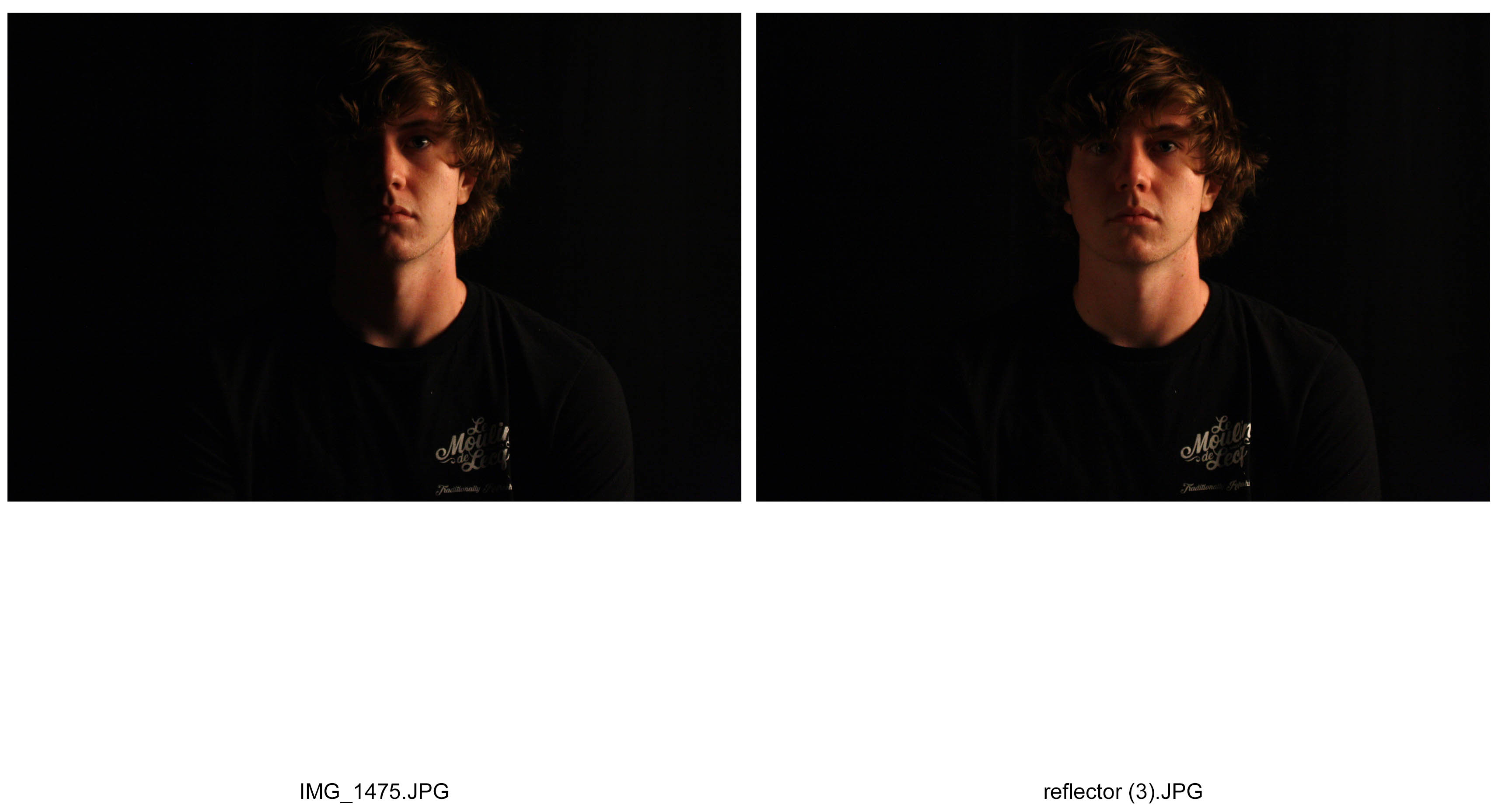
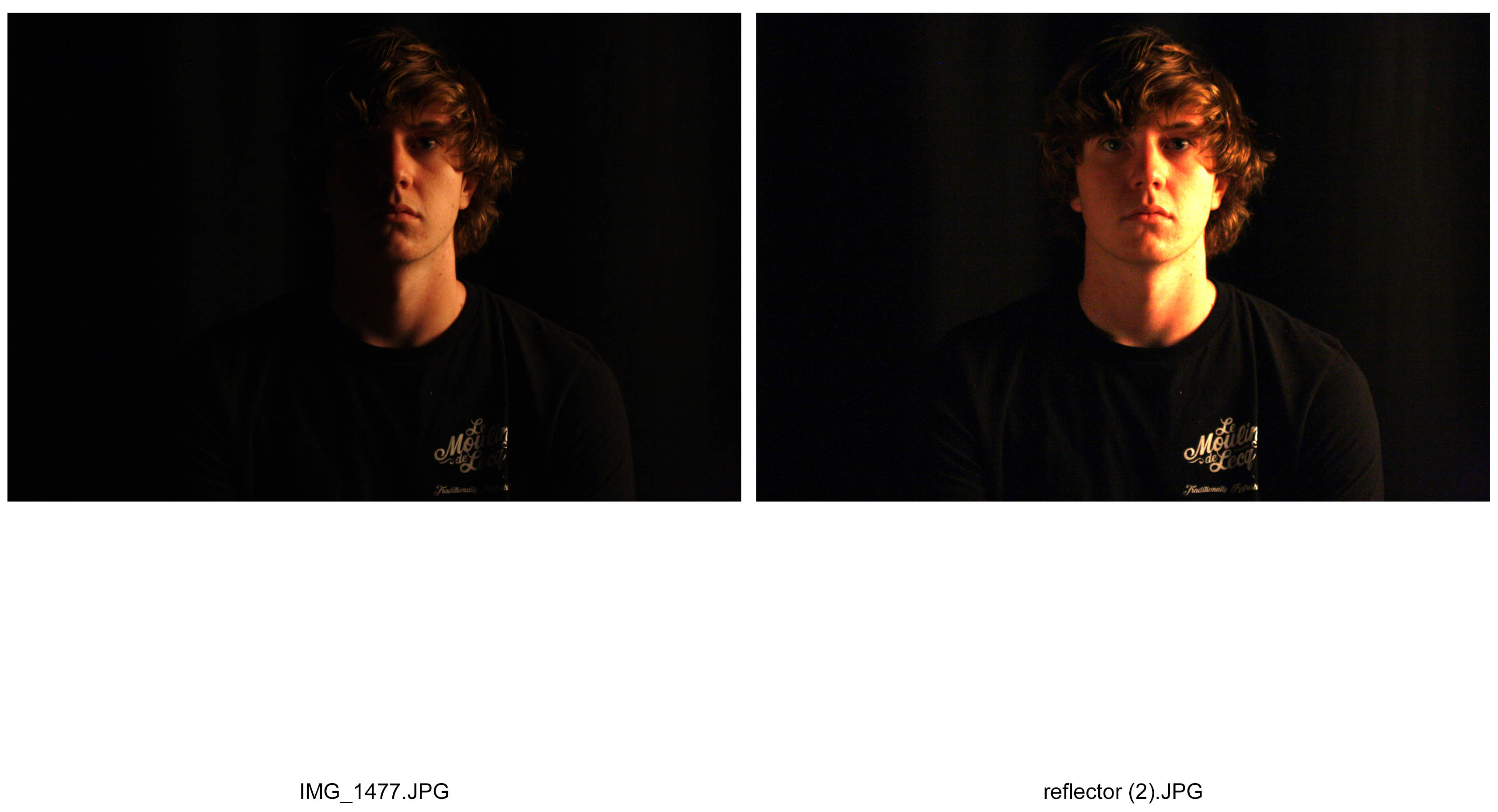
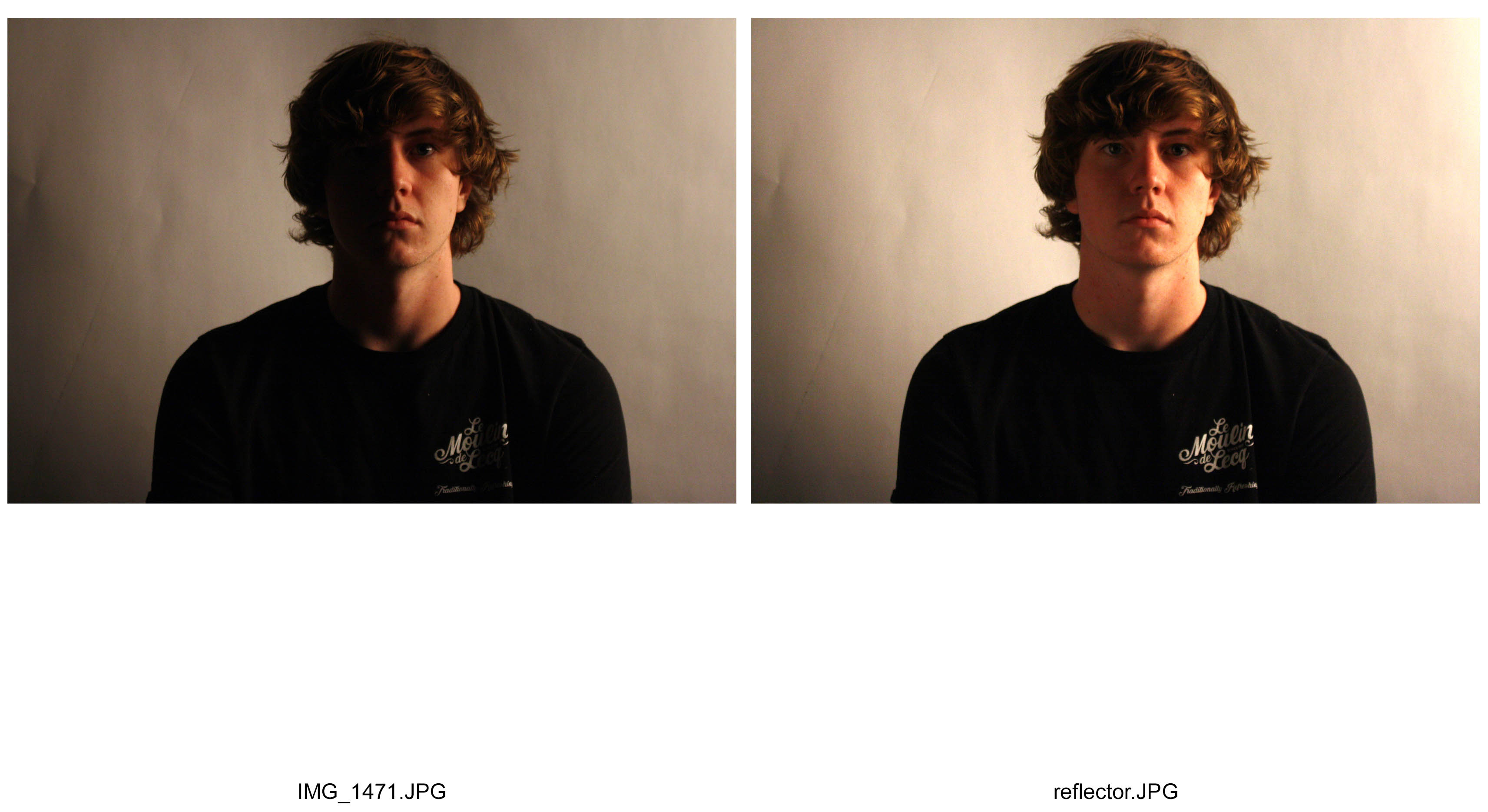
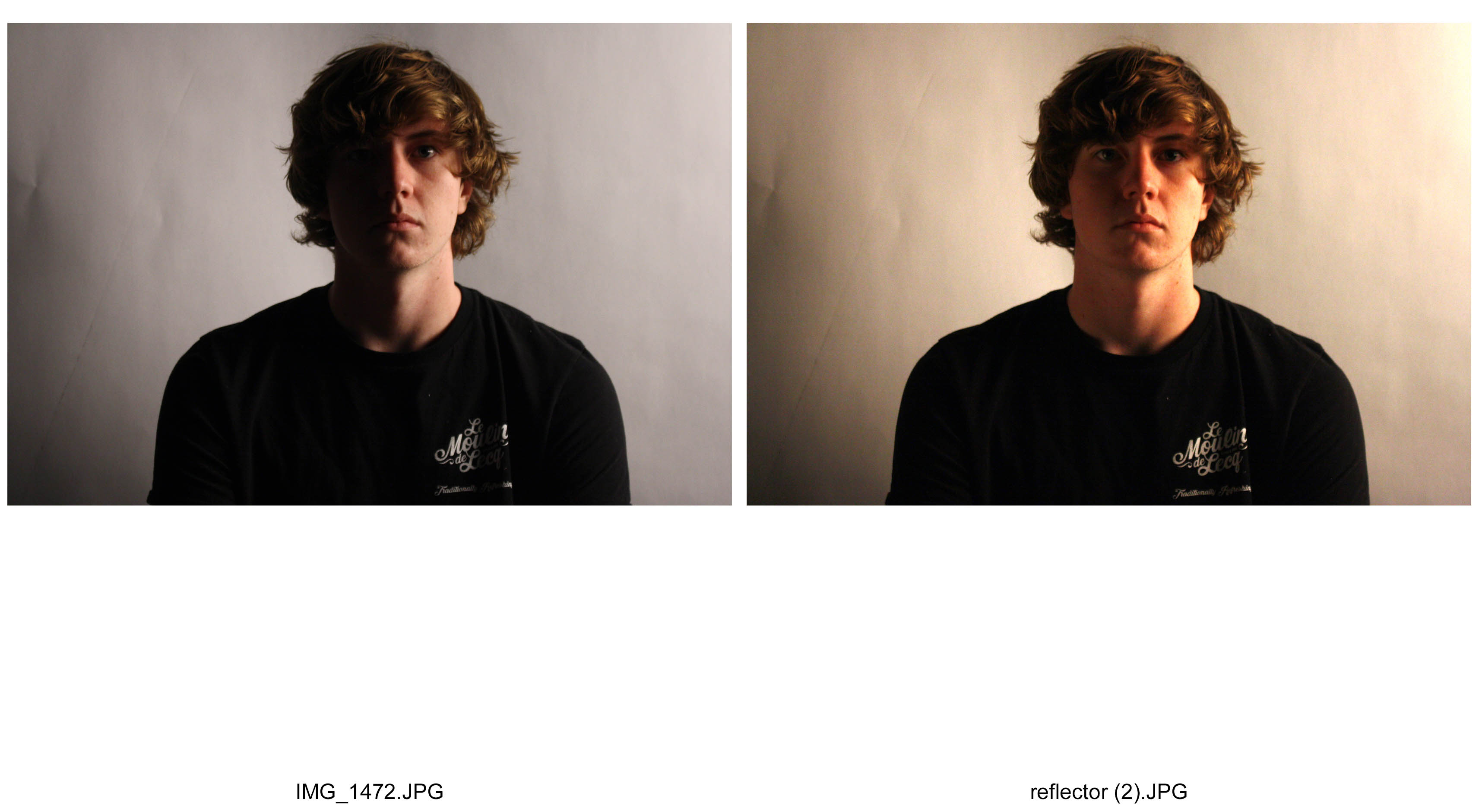
I took these photos using a chiaroscuro technique. On the left hand side are my photos taken without a reflector to the objects face. On the right are my photographs taken with a reflector, reflecting the light towards the right side of the objects face. I experimented with varying strengths of light using high key and low key lighting and different backdrops with a black curtain and a white screen. I took my photographs with the light pointing from the side going across the objects face to enhance the contrast between shadows and lit areas. Also, the position of the light source was placed quite close to the objects face to create a harsh lit environment for the areas lit up, and create a further contrast to the darker areas.
Rankin // My Interpretation: Photoshoot 1 // Studio Photography
 John Rankin Waddell goes by the name Rankin when photographing celebrities in his day-to-day life as a portrait and fashion photographer. He was born on 28 April 1966
John Rankin Waddell goes by the name Rankin when photographing celebrities in his day-to-day life as a portrait and fashion photographer. He was born on 28 April 1966
In December 2000 Rankin launched his own fashion magazine, RANK.
In 2002, Rankin was awarded an Honorary Fellowship by The Royal Photographic Society.
In January 2009, BBC 4 broadcast Rankin’s 1 hour documentary Seven Photographs that Changed Fashion, in which he created his own tributes to the iconic images by the likes of the photographer David Bailey.
Rankin has also shot several music videos for artists such as Azealia Banks, Example and Kelis as well as a number of documentaries photographing the lives of other in countries around the world and he also teamed up with Nike to shoot a campaign to raise awareness for the disease, HIV/AIDS.
Here is some of Rankin’s work:

Overall, Rankin has had a very successful career so far and his photographic work has been very influential to the fashion and in modern-day world of showbiz and I carried out a photoshoot to attempt to replicate the work of Rankin and his unique style. When carrying out the photoshoot I wanted to focus mainly on the theme that runs through Rankin’s work and try to implement that into my work – which is fashion, beauty and style of today’s world.

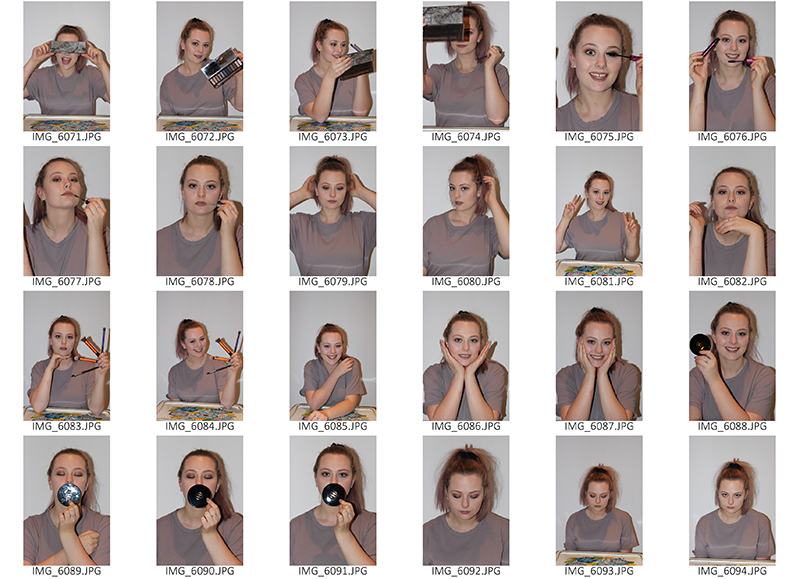
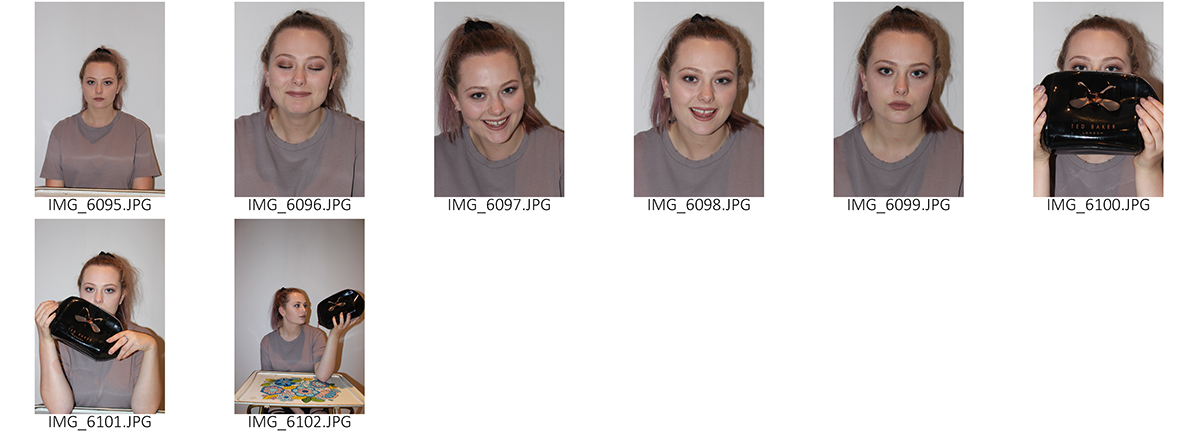
In the photoshoot I produced, I photographed my model who is a hair and beauty enthusiast and is training to become a hairdresser. She takes a keen interest in her own beauty and likes to keep up to date with newest products as well as fashion in and around the community we live in.
As Rankin tends to capture his subjects occupation or passion within his photoshoots, I thought it’d be suitable for me to attempt to do this also so asked my model so bring round some of her makeup to use as props. I planned to use a white background so asked her to also wear darker colours of clothes to contrast against this background and make her standout.
I wanted to make the shoot fun and quirky with the facial expressions and body language/positioning that my model portrayed so I made the the subject per from bold gestures, I wanted her to smile a lot but also wished to have a sense of seriousness to tell a story throughout the shoot.
I experimented with camera settings at the beginning but decided to use flash as this made certain features on her face stand-out due to the glow it gave the images and I used automatic focus on the automatic setting of my camera and this would allow for adjustments if I saw it suitable.
I really enjoyed the shoot and getting an insight into Rankin’s work and I would definitely do it again and I wish to do it again soon to improve on the primary shoot. However I would change some things; I would perhaps use a different background and play around with more camera settings. I would also try out close-up portraits and side-on views and unnatural perspectives. I would also attempt to replicate Rankin’s work to a higher standard so that the viewer could recognize that my inspiration was the world-renowned fashion artist. To do this I would experiment with face paint or make-up and maybe use more props.
EDITS:
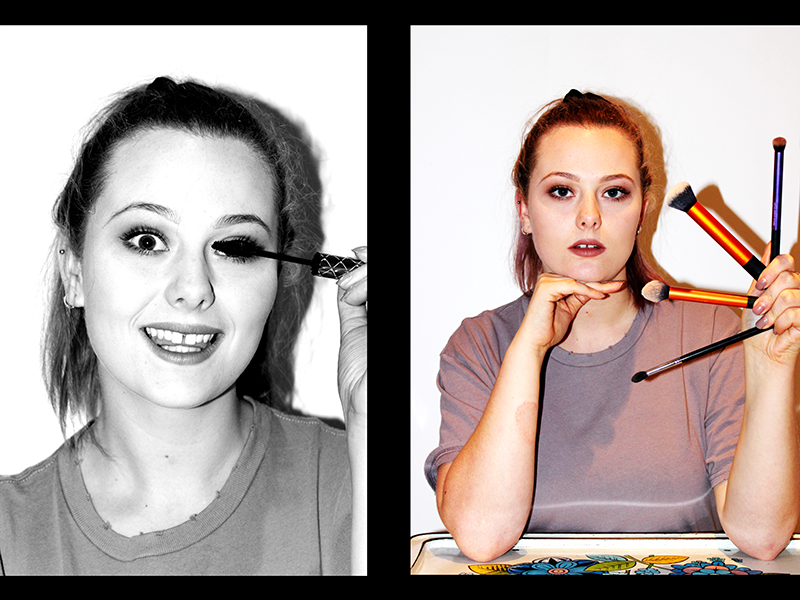


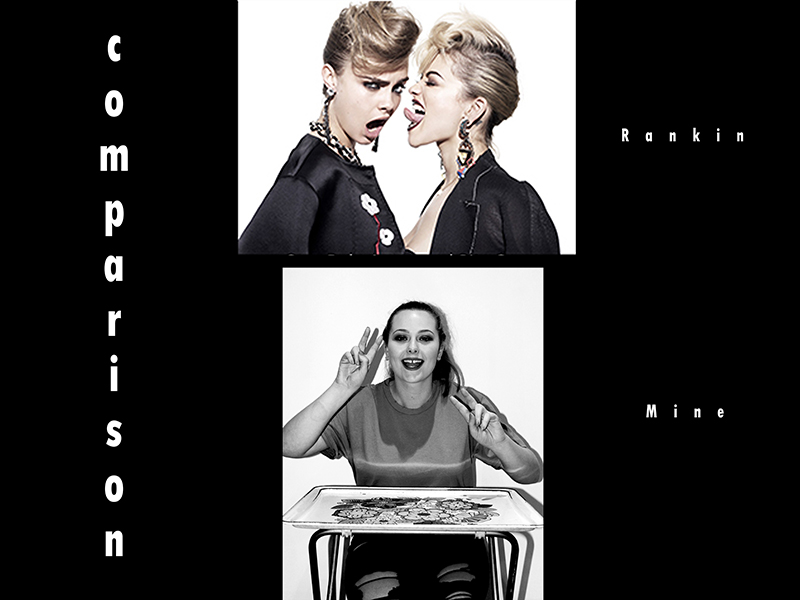
Who’s Rankin…


